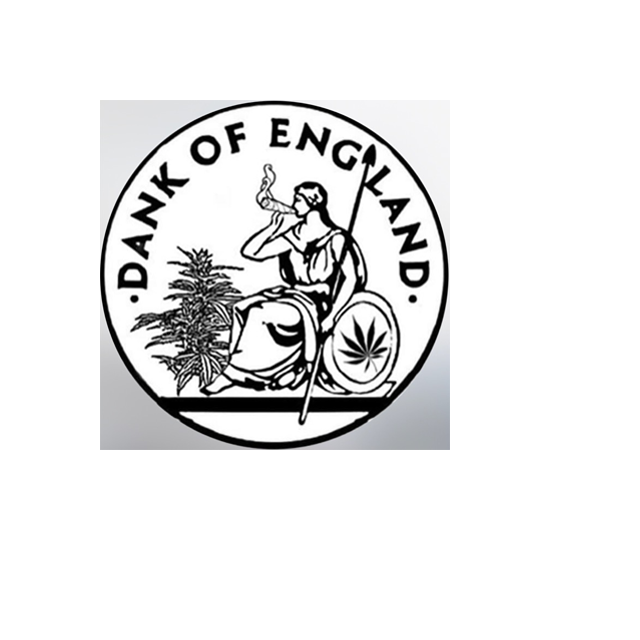Concentrates
Concentrates, often called “dabs,” are highly potent extracts made by isolating the most desirable compounds from the cannabis plant, such as cannabinoids and terpenes
. They are significantly more potent than traditional cannabis flower and come in a variety of textures and forms.
Types of concentrates
Concentrates are typically categorized by their extraction method: solvent-based or solventless.
Solvent-based concentrates
These are produced using chemical solvents like butane (BHO), propane, ethanol, or carbon dioxide (CO2cap C cap O sub 2𝐶𝑂2) to separate the active compounds.
-
- Shatter: A hard, translucent, glass-like concentrate that “shatters” when broken. It is valued for its high purity.
- Wax: A soft, opaque concentrate with a sticky, waxy texture. It’s often easier to handle than shatter.
- Budder/Badder: A soft, whipped, and creamy concentrate known for being rich in terpenes and flavor.
- Crumble: A dry, brittle concentrate with a honeycomb-like texture. It’s easy to break apart and use in various ways.
- Live Resin: An extract made from freshly harvested and flash-frozen cannabis plants, which preserves the plant’s terpene profile for a more flavorful product.
- Sauce: A concentrate with a syrupy, viscous texture that often contains THCA crystals floating in a high-terpene liquid.
- Distillate: A highly refined, potent, and viscous oil that is nearly pure THC or CBD. It is commonly used in vape cartridges and edibles.
Solventless concentrates
These concentrates are made using physical methods like heat, pressure, and water, with no chemical solvents involved.
-
- Rosin: A potent, solvent-free concentrate made by applying heat and pressure to cannabis flower, kief, or hash.
- Bubble Hash (Ice Water Hash): A concentrate created by agitating cannabis in ice water to separate the trichomes. The trichomes are then filtered and pressed.
- Dry Sift (Kief): The simplest form of concentrate, consisting of the loose, powdery trichomes that fall from the cannabis plant.
- Hashish (Hash): Traditionally, this is a concentrate made by compressing kief into a solid block.
Methods of consumption
-
- Dabbing: The most common method for concentrates, involving a dab rig (a type of water pipe), a heated “nail,” and a dabber tool. The concentrate is vaporized and the vapor is inhaled.
- Vaping: Pre-filled concentrate cartridges can be used with a standard vape battery for a convenient and discreet option.
- Edibles: Concentrates like RSO or distillate can be infused into cooking oils or butter to create edibles.
- Topicals: Concentrates can be infused into balms and lotions and applied to the skin for localized relief.
- Infused Flower: Some concentrates, like crumble or kief, can be sprinkled on top of cannabis flower in a joint or bowl to increase potency.
How to use concentrates safely
-
- Start with a low dose: Due to their high potency, it’s essential to start with a very small amount, especially if you are inexperienced.
- Know your product: Purchase concentrates from licensed, reputable providers who can verify that their products have been lab-tested for purity and potency.
- Control the temperature: When dabbing, using too high of a temperature can burn off terpenes and potentially create harmful byproducts. Using a temperature-controlled device, like an e-nail, can provide a more consistent and safer experience.
- Store properly: Keep your concentrates in an airtight container in a cool, dark place to preserve their potency and flavor.
Benefits
- Potency: Concentrates contain much higher levels of THC or CBD, which means less product is needed to achieve the desired effect.
- Efficiency: The high potency makes concentrates an efficient and potentially more economical option in the long term.
- Flavor: Live resin and other terpene-rich concentrates can offer a more complex and robust flavor profile than flower.
- Discreetness: Vaping concentrates often produces less noticeable odor compared to smoking.
Showing all 6 results
-
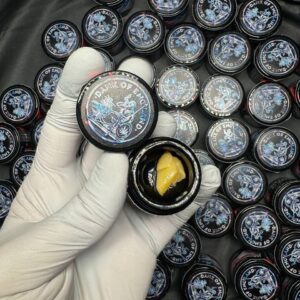
DOE rosin 1g
£120.00 Add to cart -
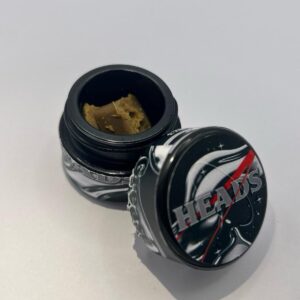
Golden Head Warrior
£150.00 Select options This product has multiple variants. The options may be chosen on the product page -
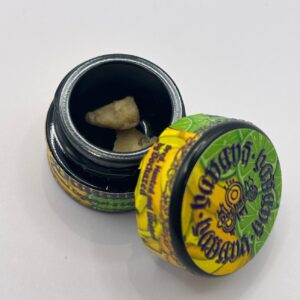
Hassans x Dochazed Bananalima
£130.00 Add to cart -
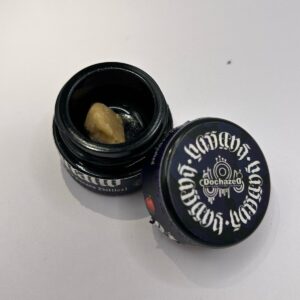
Hassans x Dochazed Fruitland
£120.00 Add to cart -
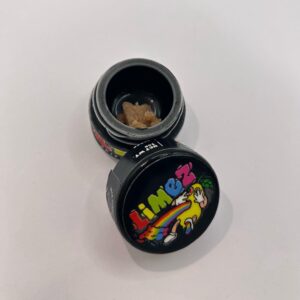
Hassans x Dochazed Limez
£130.00 Add to cart -
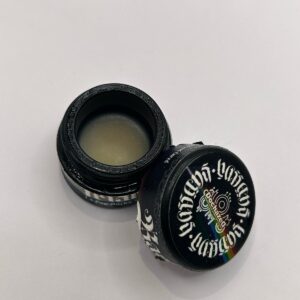
Hassans x Dochazed Spannabis
£140.00 Add to cart
